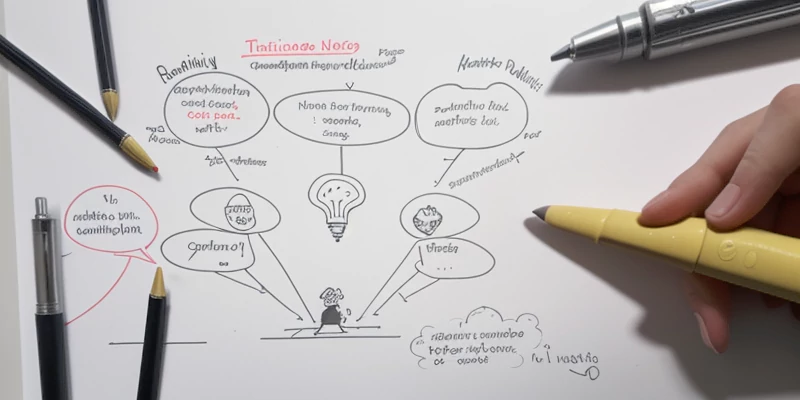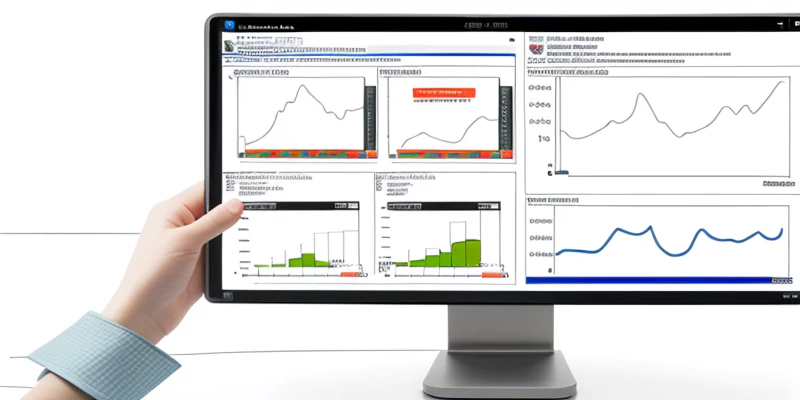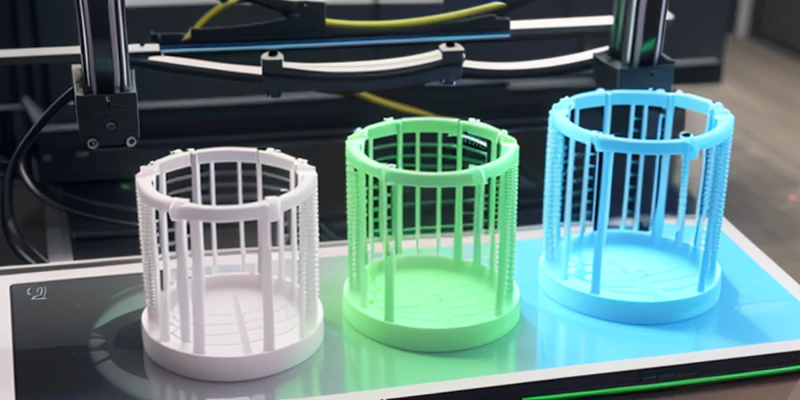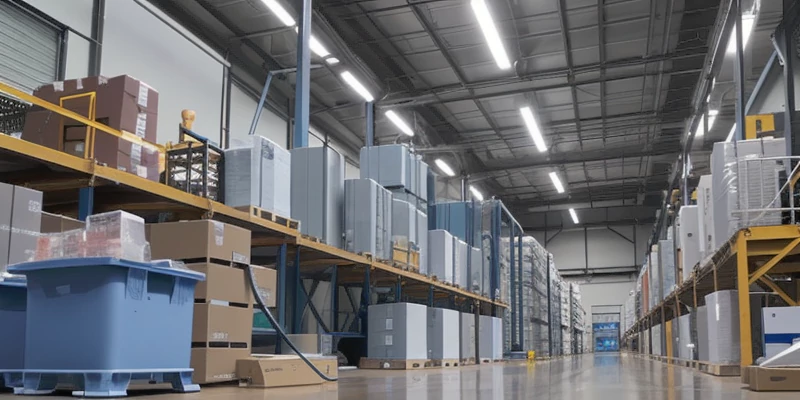Developing a product is fun and hard work that needs careful planning, lots of ideas, and focus on what people want.
Whether you’re an entrepreneur or a product manager, knowing the main points in developing new things is very important for winning.
We will help you through the basic steps of product development, turning thoughts into facts and entering markets.
STEP 1: Idea Generation and Conceptualization
The first thing you do to develop a product is think of ideas そして find chances. This can be done by studying the market, watching what customers want and don’t like, having creative talks or noticing empty spots in the business world.
Once you come up with a thought, it’s key to work on and give shape to that idea. This means thinking about who your plan is for, what worth does it hold and how different selling points can help set apart this from others. Prove your idea by asking for thoughts from possible users or people who are experts in the field.

STEP 2: Market Research and Competitive Analysis
Doing deep research on the market is very important to know about the people you want as customers, what they like best and who else is selling similar things.
a. Find out who the main group of people you want to reach is. This includes details about their age, gender and where they live. You should also know how these individuals act or what habits define them as well as when/how often they buy things
b. Study what other companies are selling to see where their products excell, flounder and stand out.
This study will assist you in placing your product well and making it stand out from what’s already there.

STEP 3: Product Design and Prototyping
Work together with industrial designers and engineers to turn the concept into real product designs.
a. Make drawings, layouts or 3D shapes to see and polish the product’s look, parts and how it works. プロトタイプ are really important for checking and confirming the design.
b. Develop prototypes by using rapid prototyping techniques or 3Dプリンティング, and get feedback from potential users.
c. Keep changing and improving the design using feedback from users as well as what is technically possible.

STEP 4: Engineering and Product Development
Once the product’s design is finished, move into the engineering and development steps. Work with engineers or product development teams to change the design into something that can be made and increased. Think about things like the materials used, and how they are made in a factory. Also, consider ways to lower costs and rules you need to follow. Make a simple plan for your project so you can talk easily between design, engineering そして manufacturing teams.
STEP 5: Testing and Quality Assurance
Ensuring everything is safe with good testing そして quality assurance is really important for making your product secure. It needs to follow the rules for success, safety and reliability.
a. See if the developed product works well, lasts long and is easy for folks to use.
b. Perform internal and user-based testing, addressing any issues or bugs that arise.
c. Iteratively improve the product based on feedback and test results, aiming for a seamless, user-friendly experience.
STEP 6: Manufacturing and Supply Chain Management
When the final product is set and tested, it’s time to plan production and manage the supply chain.
a. Find trustworthy manufacturers or partners for production that can match quality, quantity and cost needs.
b. Make sure the material, parts and assembly go smoothly.
c. Put checks for quality in place at every stage of making things.
d. Keep talking to suppliers and watch the production progress of making things so no delays happen.

STEP 7: Marketing and Distribution
Develop a comprehensive marketing strategy to introduce your product to the market, creating a positive first impression. Create a big marketing plan to get people aware, excited and wanting your item.
a. Find out the best ways to connect with your main audience, like using social media or online ads. You can also try traditional marketing methods if they work well for you.
b. Use public relations, influencers and media to create excitement. Make a fun event or plan to introduce your developed product. This will make people like it and have good memories about seeing it for the first time.
STEP 8: Post-Launch Evaluation and Improvement
After launching the product, closely monitor its performance and gather user feedback.
a. Find out how many things are sold, see what customers think and check the market’s reaction to know if something is good or bad.
b. Continuously improve the product by listening to what customers say and watching for new trends in markets.
c. Plan product updates, enhancements, or expansions to meet evolving customer needs and maintain a competitive edge.
結論
Making a good product requires thinking about what people like and having thought-out plans. By following the information given, you can deal with issues of product development and make it more likely that your main customers will enjoy it.
Additionally, executing a well-thought-out marketing そして launch strategy can significantly impact the success of your product. Invest time and effort in creating a compelling brand story, identifying the right marketing channels, and effectively engaging your target audience.










